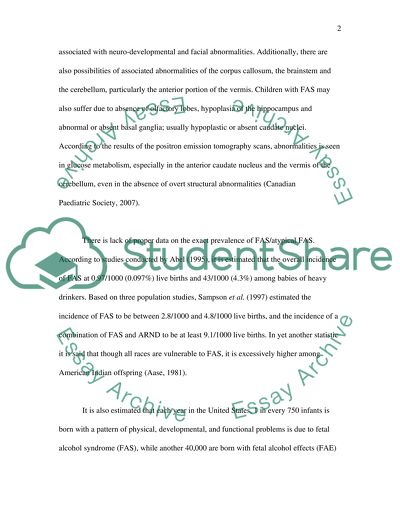Cite this document
(“Fetal Alcohol Syndrome Essay Example | Topics and Well Written Essays - 2500 words”, n.d.)
Fetal Alcohol Syndrome Essay Example | Topics and Well Written Essays - 2500 words. Retrieved from https://studentshare.org/miscellaneous/1534405-fetal-alcohol-syndrome
Fetal Alcohol Syndrome Essay Example | Topics and Well Written Essays - 2500 words. Retrieved from https://studentshare.org/miscellaneous/1534405-fetal-alcohol-syndrome
(Fetal Alcohol Syndrome Essay Example | Topics and Well Written Essays - 2500 Words)
Fetal Alcohol Syndrome Essay Example | Topics and Well Written Essays - 2500 Words. https://studentshare.org/miscellaneous/1534405-fetal-alcohol-syndrome.
Fetal Alcohol Syndrome Essay Example | Topics and Well Written Essays - 2500 Words. https://studentshare.org/miscellaneous/1534405-fetal-alcohol-syndrome.
“Fetal Alcohol Syndrome Essay Example | Topics and Well Written Essays - 2500 Words”, n.d. https://studentshare.org/miscellaneous/1534405-fetal-alcohol-syndrome.


